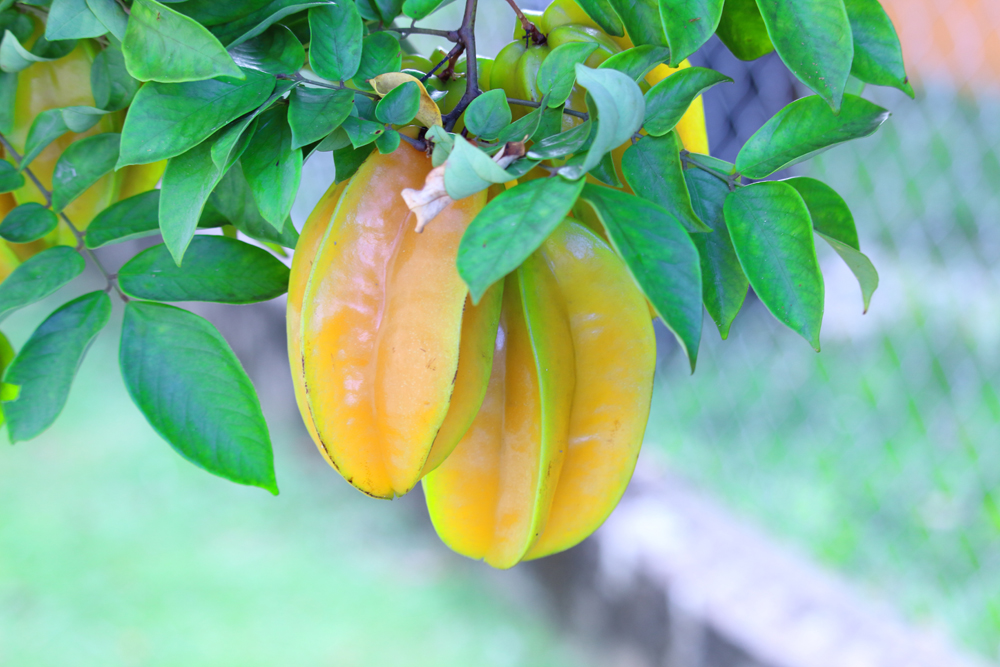Averrhoa
Common Name:
Carambola

General Information:
Averrhoa is named after Averrhoes, an Arabian physician. The most popular Averrhoa is the carambola or star fruit. A favorite in fruit salads, the carambola is just beginning to be used for bonsai. It is a small, tropical tree which grows to about 25 ft. Native to Malaya and S.E. Asia, it has dark green, evergreen compound leaves of 5-11 leaflets, small, rose coloured flowers and fleshy five-lobed fruit. The plant will flower and fruit 2-4 times yearly.
Lighting:
Will grow in semishade, although they prefer full sun. Temperature: Young trees should never go below freezing. Older trees can withstand temperatures down to 28F.
Watering:
Likes generous watering, although Averrhoa can be damaged by water-logged soil.
Feeding:
Supplement liquid bonsai food/ half-strength plant food with trace minerals.
Pruning and wiring:
No information available, as the use of carambola in bonsai is still in the experimental stage. Carambola is a naturally upright tree, so formal/informal upright styles are logical choices.
Propagation:
Lesniewicz lists Averrhoa as a tree which can be grown from a seed obtained from a grocery store fruit.
Repotting:
No information on time/frequency of repotting, although most tropicals like to be transplanted during warm weather. Averrhoa prefers acid soil, pH 5.5-6.5, although it will tolerate most soil types. It is not salt tolerant, however.
Pests and diseases:
No serious pest problems, although caterpillars, mites and scale are occasionally reported.
Bibliography:
Lesniewicz’s “Bonsai in Your Home”
“Florida Fruit” by Lewis Maxwell
Florida Landscape Plants, Revised Edition, John V. Watkins, et. al.
Compiled by Sabrina Caine and Thomas L. Zane
